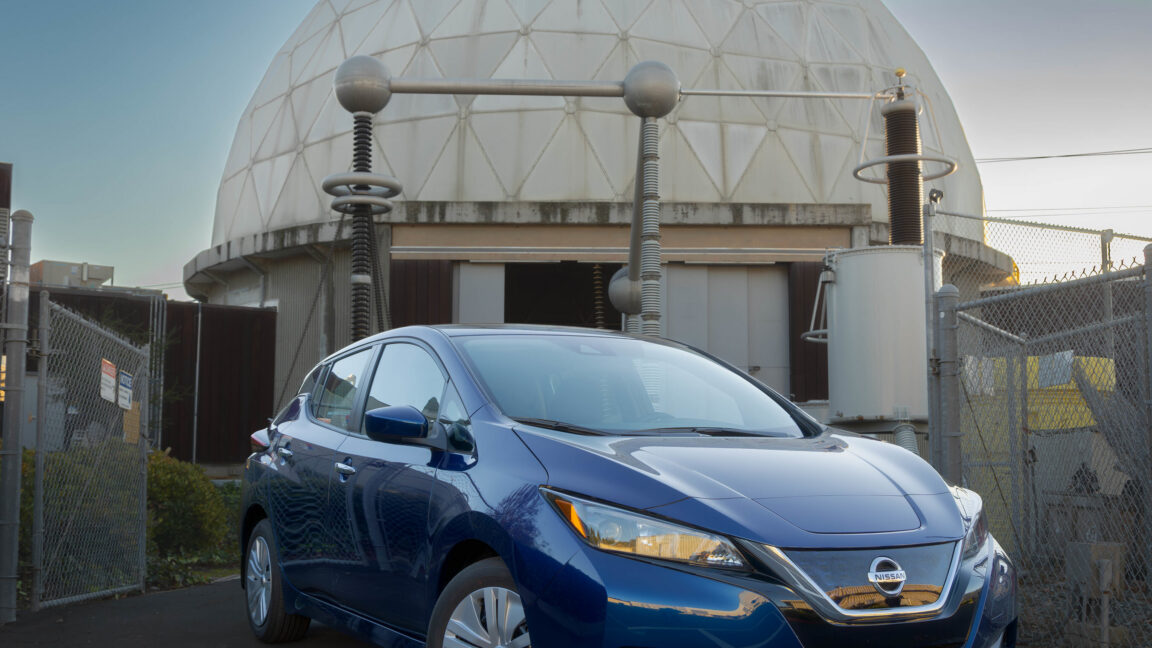How Electric Vehicles and Microgrids Boost Small Airport Resilience

While many envision a future dominated by fossil fuels, electric vehicles (EVs) are rapidly proving their worth beyond personal transport. Even the most modest EVs outperform traditional gas-powered cars in efficiency and environmental impact, often offsetting the energy used in manufacturing within just a year or two. They’re quieter, easier to operate, and can even serve as emergency power sources for homes. But what about their role in larger infrastructure, like airports?
In Humboldt County, California, Redwood Coast Airport demonstrates an innovative approach by integrating a microgrid supported by two Nissan Leaf EVs. This setup enhances the airport’s resilience, especially during power outages. Since 2021, the microgrid has combined a 2.2 MW solar array, 8.9 MWh of battery storage, and a 300 KW net-metered solar system to maintain continuous operations.
This system not only feeds excess energy back into the local power grid but also ensures the airport remains functional during outages. The inclusion of bidirectional charging from EVs adds an extra layer of flexibility, serving as mobile energy reserves when needed. Experts highlight that such integrations are vital for small airports aiming to become more self-sufficient amid growing energy demands and climate challenges.
